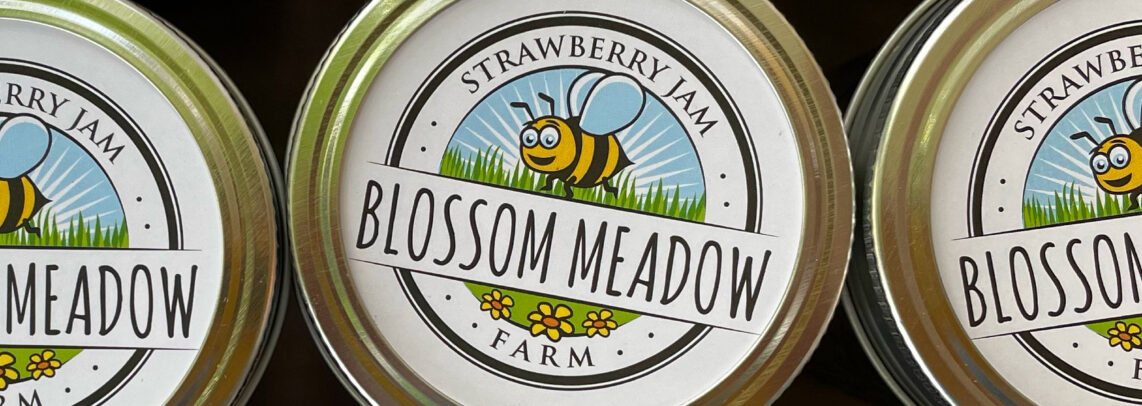Why Amber Light?
Blue/white light creates more light pollution than any other light spectrum. For your exterior lighting needs, switch to amber* colored light for a warm soft glow and full cutoff** light fixtures equipped with motion detectors. The benefits are numerous!
Try CREE Lighting Smart LED Bulbs – program them to 2200K and <50% brightness
*Amber light refers to 2200K LED light sources and NBA (Narrow Band Amber) LED light sources
** Full cutoff fixtures emit no light upward and the source of light is not directly visible. As per Southold Town Code Chapter 172, all exterior lighting fixtures installed in residential and commercial settings must be full cutoff fixtures.
Note: environments important for wildlife and stargazing should be kept naturally dark
Increase your home’s value
The right exterior lighting increases your property’s value. Exterior lighting sets the mood. The soft warm glow of amber light boosts curb appeal whereas blaring blue security lights do not. In fact, a recent study suggests that adding curb appeal increases the value of your house by 7-14% (Johnson, Tidwell, and Villupuram 2020)
The color of light is not a deterrent to crime. Glare from bright, unshielded lights actually decreases safety because it shines into our eyes and constricts our pupils. According to the home security company ADT, select outdoor motion sensor lighting for your home. The sudden porch light or landscape lighting will alert any neighbors to suspicious activity. Calibrate your exterior motion detector lights so that they aren’t a hair trigger nuisance and are instead useful by adjusting the “range” dial and shortening the motion detector’s detection zone.
No Bugs in Your House
Light sources that emit a majority of longer wavelengths (yellow, orange and red colors) are LESS visible to bugs. Using amber colored light will ensure that you will have adequate lighting to see your stairs but not create a superhighway of bugs into your house when you open the front door.
Note: Amber light sources are sometimes referred to as “Bug Lights”
See the Stars
Sky glow increases the brightness of the night sky and makes it more difficult to star gaze. Amber light produces less sky glow than any other light spectrum. Blue light scatters more in the atmosphere than the other colors because it travels as shorter, smaller waves.
Lumens, which defines the intensity of light emitted, is also a contributor to sky glow. The intensity of a light source is easily controlled in LEDs as they are dimmable without difficulty. Set the lighting level to the minimum needed for a required task.
Safer Driving
High Kelvin lighting (greater than 3000K – the higher the Kelvin, the more blue/white light) creates a harsh glare which makes it difficult to see clearly at night. When driving, this is known as disability glare.
Better For Your Health
Blue light can disrupt the body’s circadian rhythm – how the body responds to whether it is day or night. Recent large surveys found that brighter residential nighttime lighting is associated with reduced sleep times, dissatisfaction with sleep quality, excessive sleepiness, impaired daytime functioning and obesity. The American Medical Association (AMA) recommends using streetlights with the lowest blue light possible.
Better for Wildlife
Numerous studies show that amber light is less disruptive to fish, birds, mammals, and plants than blue/white light (Longcore 2018). The effects of ecological light pollution include altered migration patterns and reproductive rates, changes in foraging behavior and predator-prey interactions, and altered community composition. As urban areas continue to expand and an increasing number of wildlife species encounter human-modified landscapes, lighting regimes have the potential to significantly alter the functional extent and connectivity of urban habitats (Schirmer et al. 2019).
Note: ALL colors of artificial light significantly suppress the courtship flashes of fireflies. Help your local firefly’s love life by using lights only where and when necessary (Owens and Lewis 2021).
Already Being Done
All new and replacement lighting purchased and installed by the County of Suffolk, New York on County-owned facilities shall be with fully shielded fixtures and lamps with a color temperature no higher than 2200K, an amber light source (Suffolk County Law Chapter 149 Light Pollution, amendment from 3000K to 2200K approved 12/21/21). On the global stage, the International Dark-Sky Association adopted a board policy on January 28, 2021 recommending amber light for most exterior lighting installations.
With the rise of working from home and spending more time looking at screens, blue light has become a household term for many people – so much so that blue light glasses are sold to help reduce the strain of the light on the eye. Let’s make the change in our outdoor spaces too.
References
Johnson, E.B., Tidwell, A. & Villupuram, S.V. (2020). Valuing Curb Appeal. J Real Estate Finan Econ 60,111–133 https://doi.org/10.1007/s11146-019-09713-z
Longcore, Travis (2018). Hazard or Hope? LEDs and Wildlife. LED Professional Review. 70. 52-57. https://www.led-professional.com/resources-1/articles/hazard-or-hope-leds-and-wildlife
Owens, Avalon, and Lewis, Sara M. (2021). Narrow‐spectrum artificial light silences female fireflies (Coleoptera: Lampyridae). Insect Conservation and Diversity 14 (2): 199 https://doi.org/10.1111/icad.12487
Schirmer, A.E., Gallemore, C., Liu, T. et al. (2019). Mapping behaviorally relevant light pollution levels to improve urban habitat planning. Sci Rep 9, 11925 https://doi.org/10.1038/s41598-019-48118-z

